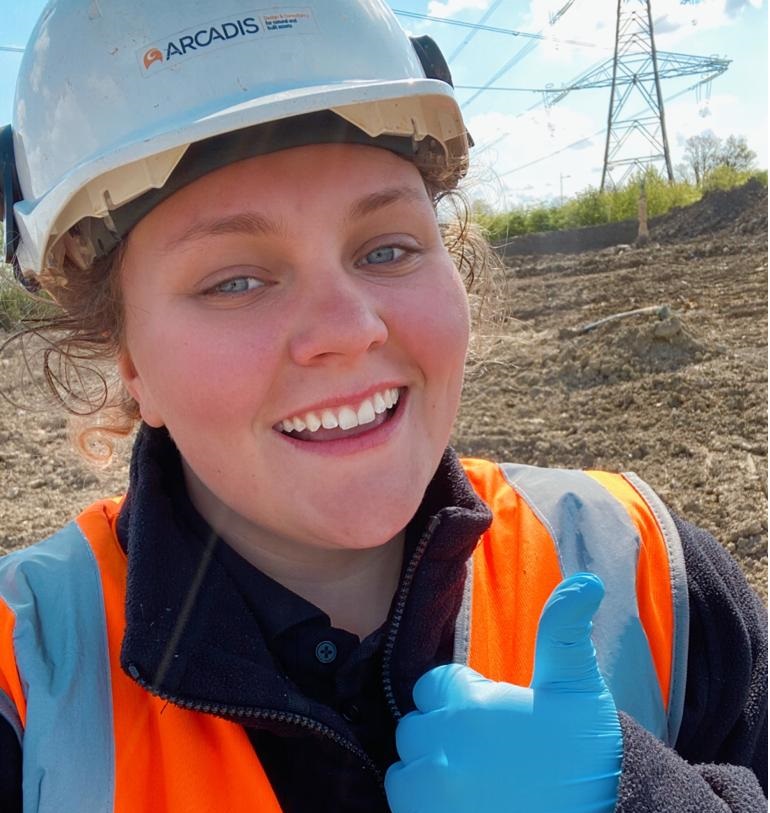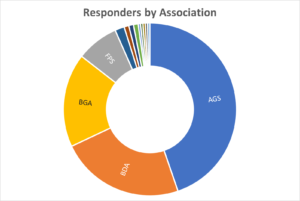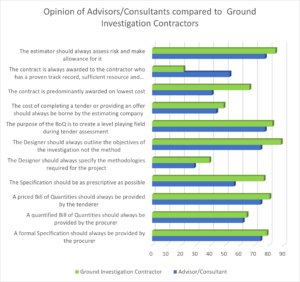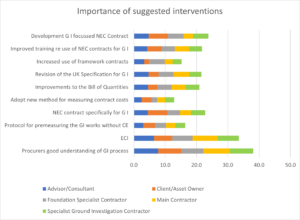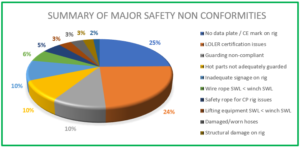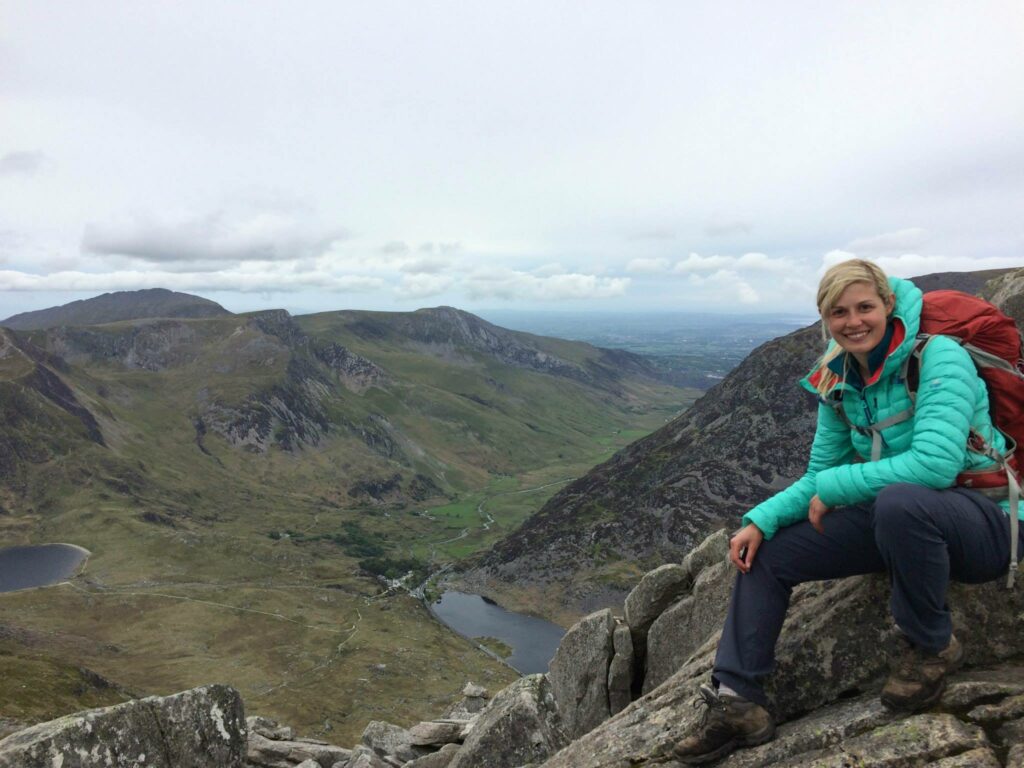Building inclusion at work starts with understanding your people, who they are and what they need to be successful. Embracing difference, the innovation and ideas it brings, is made possible when you recognise the diversity in your business and understand who you are missing, and what insights do you not fully appreciate.
We see the search for diversity across every sector being taken seriously as CEOs realise the business benefits and increased productivity that comes from providing diverse teams with an inclusive place to work. Retail and media understand that to appeal to a global audience they must provide products and programming that appeals at a local level. They will not be successful without diversity at every level of their businesses.
Modern organisations recognise that to be leaders in industry, their workforce must represent the society in which they operate. They must leverage diverse skill sets and ideas so that the workplace culture provides a sense of belonging for all.
It is vital for the Geotechnical sector that we become a more attractive career proposition to a wider range of people, to combat the skills shortage and ensure a resilient future. We must rethink where we look for talent and build an inclusive environment where employees from all backgrounds feel they belong.
UK major infrastructure clients are driving the inclusion agenda and looking for diversity in their supply chain at every level. The agenda is backed by central government, with a £300bn annual procurement spend, Government and all public clients have rightly been making the move to make better use of every public pound.
As a government supplier, Amey is required to demonstrate progress in social value and inclusion, via support for apprenticeships, demonstrating supply chain diversity, support for SMEs, climate change action, the list goes on. Therefore, suppliers who do not address diversity and inclusion in their business will find it increasingly difficult to work for Tier 1 government suppliers. This adds weight to the business case for inclusion and the requirement for continuous improvement and investment.
Building an inclusive culture provides psychological safety for your teams, ensuring they feel safe to speak up on safety, innovation and mistakes. Inclusive cultures are concerned about the people, not the output, to achieve better performance.
Build a Framework that fits your business:
• Approach as Business Improvement project – inclusion needs resource investment to succeed
• Listen to your team – understand employee and business needs
• Define your strategy – set out a clear plan with relevant, achievable, impactful targets
Build Awareness across the business:
• Communicate your Framework – any culture changes require employee buy in
• Provide safe spaces – listen to the business and better understand employee lived experience
• Provide training – on the framework, the business case and inclusion awareness
• Use established national campaigns – supporting inclusion events that resonate with your employee demographic can be the catalyst to raise awareness and create allies. Embedding psychologically safe working practices into business as usual and enabling equality, diversity and inclusion should be a thread underlying every business decision.
• Promote individual ownership of inclusion – each of us tackling what is in our own sphere of influence to build inclusion across the sector.
Disrupt the Status Quo to provide Inclusive Flexible workspaces.
• Look at recruitment processes – diversify your talent pools
• Build blended teams – create a mix of life experiences, business acumen and technical knowledge. For your next hire, seek out someone who will bring different views and experiences to challenge the status quo and leverage the ideas those conversations ignite.
• Embrace flexible working practices for all employees – for whatever reason someone may require flexibility, be that facilitating care, personal wellbeing, or learning a new skill. Be flexible in your approach and processes – one size does not fit all
Looking to the future. Inclusion is a long game, a constant campaign where you build on achievements. What do we want our businesses to look like in 5, 10, 15 years time? We must work to ensure we have the right people in our talent pool to achieve this.
Future generations will not stand for organizations that do not truly care about diversity, inclusion and belonging and will look elsewhere. Inclusion is therefore not a nice to have, but a core business criterion that wins work and can differentiate your business from the rest of the pack.
Article provided by Helen Townend, Technical Director for Ground Engineering at Amey.
Helen Townend is Technical Director for Ground Engineering at Amey. She is currently focusing on all aspects of Inclusion at Amey, where she introduced an Inclusion Ambassador employee network in 2020 to enhance employee engagement with the Business’s Embracing Difference Inclusion Strategy. She facilitates a calendar of Inclusion events throughout the year, supports six business wide Affinity Groups, is Co-Chair of Women at Amey and leads on inclusive design.

